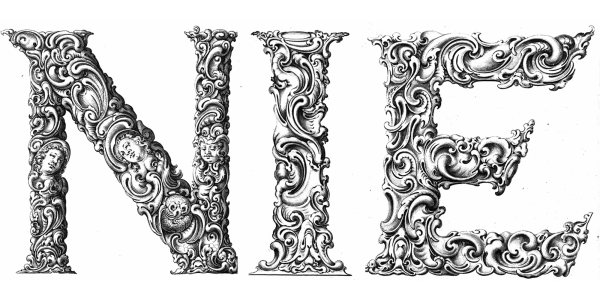Mature classical printing (1551–1700)
There noteworthy printing houses were based in Kraków (Wirzbięta, Rodecki, Sternacki and others) and Gdańsk (including Rethe, Hünefeld, Heweliusz). In 1585, the Radziwiłł printing house in Brest-Litovsk published the dissentative Bible, translated and edited by a dozen authors, an excellent monument of the Polish language. In 1594, Januszowski published Nowy Karakter Polski in Kraków, with the ortography of Kochanowski, Górnicki and his own, printed in the original Polish typeface.
The 17th century was the time of misfortunes and wars (with Moscow, Turks, Cossacks, and of the Swedish Deluge). Printing houses were established in many places (e.g. the first permanent publishing house in Warsaw), but in terms of printing aesthetics, their production was mostly low. The first issue of Merkuriusz Polski Ordynaryjny - the oldest periodical Polish newspaper – set in upright serif and schwabacher, was published in 1661, in the Kraków printing house of Jan Aleksander Gorczyn. Typographers introduced copper engraving more and more often. In their publications, copperplate prints and convex forms were combined in a variety of ways, e.g. in the collection of engraved sky maps by Jan Heweliusz Prodromus astronomiae ... et Firmamentum Sobiescianum (1690)











